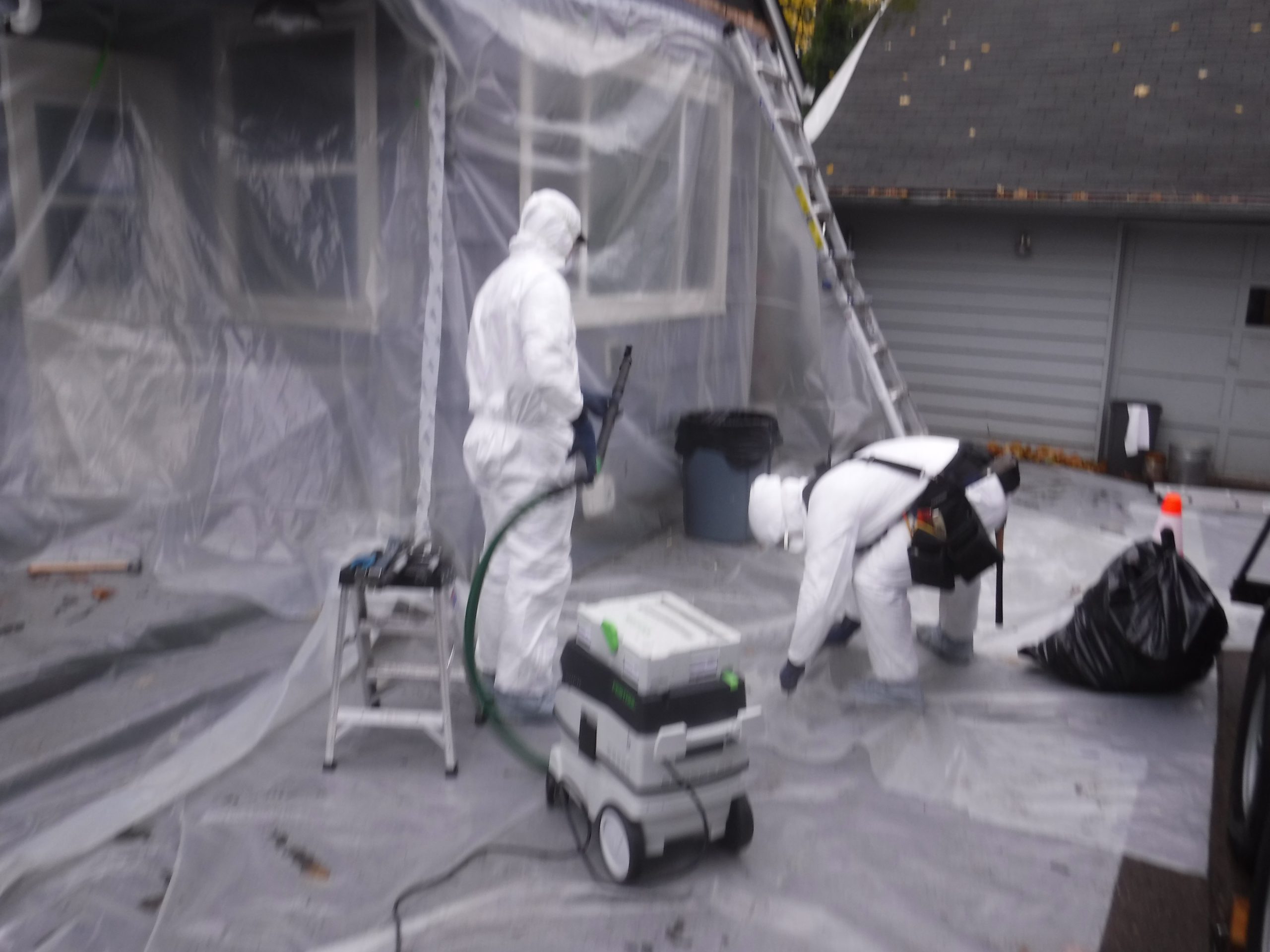What Is Lead Abatement? A Complete Guide to Safe Removal
Lead exposure is a serious health hazard, particularly in older homes and buildings with lead-based paint. lead abatement San Antonio TX is the process of permanently eliminating lead-based hazards to ensure a safe and healthy environment. Whether you’re a homeowner, landlord, or contractor, understanding lead abatement and its importance is crucial. This guide will cover everything you need to know about lead abatement, including effective lead paint removal techniques and best practices for lead removal.
Why Is Lead Abatement Important?
Before the 1978 ban on lead-based paint in residential properties, many homes and buildings contained lead paint. Over time, as this paint deteriorates, it releases toxic lead dust and chips, which pose serious health risks, especially to children and pregnant women. Lead exposure can cause:
• Developmental delays in children
• Learning disabilities
• Neurological and behavioral issues
• Organ damage and other serious health concerns
By investing in lead abatement, property owners can prevent these risks and comply with local and federal safety regulations.
Lead Abatement vs. Lead Paint Removal: What’s the Difference?
Many people use lead abatement and lead paint removal interchangeably, but they are different processes:
• Lead abatement is a government-regulated process that permanently removes lead hazards from a property. It involves professional techniques and strict safety protocols.
• Lead paint removal refers to any method used to eliminate lead-based paint from surfaces. It may be part of a renovation or maintenance project but isn’t always a permanent solution.
If you own an older property, it’s essential to determine whether you need simple lead removal or full-scale lead abatement to comply with legal standards.
How to Identify Lead Hazards in Your Home
Not sure if your home contains lead? Here’s how to find out:
• Check the Age of Your Home – If your home was built before 1978, there’s a high chance it contains lead-based paint.
• Look for Peeling or Chipping Paint – Deteriorating paint can release harmful lead dust into the air.
• Test for Lead – Use DIY lead test kits or hire a certified professional to conduct a lead inspection.
• Assess High-Risk Areas – Windows, doors, trim, and exterior walls are common places for lead-based paint.
Methods of Lead Abatement
Once lead hazards are identified, the next step is choosing the right lead abatement method. Professionals use the following techniques to ensure safe lead removal:
- Encapsulation
This method involves applying a special coating over lead-based paint to seal in the lead and prevent exposure. It is one of the most cost-effective and non-invasive options but is not suitable for surfaces with deteriorating paint.
- Enclosure
In this technique, lead-painted surfaces are covered with materials like drywall, paneling, or aluminum cladding. This method effectively eliminates exposure but may require ongoing maintenance.
- Paint Removal
Professionals use chemical strippers, heat guns, or sanding methods to completely remove lead-based paint from surfaces. Extreme caution is required to prevent the release of toxic dust and debris.
- Component Replacement
For severe lead contamination, replacing lead-painted components (such as windows, doors, or trim) is the most effective way to eliminate the hazard permanently.
Safety Tips for Lead Paint Removal
If you plan to handle lead removal yourself, follow these safety precautions:
• Wear protective gear (respirators, gloves, and coveralls)
• Use wet methods to minimize dust (misting surfaces before scraping or sanding)
• Seal off the work area with plastic sheeting to contain lead particles
• Dispose of waste properly following local hazardous waste disposal guidelines
• Keep children and pregnant women away from work areas
However, hiring a certified lead abatement professional is the safest and most effective option.
Do You Need a Professional Lead Abatement Service?
While minor lead paint removal projects can be done carefully, professional lead abatement is necessary for extensive lead hazards. Certified abatement contractors:
• Follow EPA and OSHA regulations
• Use specialized equipment and containment methods
• Conduct post-abatement testing to ensure safety
Always check credentials and certifications before hiring a lead abatement specialist.
Cost of Lead Abatement
The cost of lead abatement varies based on the size of the area, the method used, and the severity of contamination. On average, homeowners can expect to pay:
• $8 to $15 per square foot for lead removal
• $1,500 to $5,000 for small projects
• $10,000 or more for full-home lead abatement services
While lead abatement can be costly, financial assistance programs and grants may be available in certain areas.
Conclusion
Lead exposure poses serious health risks, and lead abatement is the best way to eliminate these dangers permanently. Whether you’re a homeowner or property manager, understanding lead removal methods, safety precautions, and professional abatement options is essential for maintaining a safe environment. If you suspect lead hazards in your home, don’t wait—take action to protect your family and ensure compliance with safety regulations. Investing in lead abatement today means a healthier and safer future for everyone.
For expert advice or professional lead abatement Hollywood CA services, consult a certified specialist to assess your property and create a safe removal plan. Your health and safety are worth it!






